- Overview
- Requirements
- Key Concepts
- Download Spreadsheet Assistant
- Preparation
- Implementation
- Troubleshooting

Overview
A Mosaic Video Wall consists of displays of different sizes and orientations with all displays at either landscape or portrait orientation. Displays do not typically cover 100% of the content area and content is customized specifically for that wall. Any Just Add Power 3G Ultra or 2G Omega Receiver can create a Mosaic Video Wall with screens rotated at multiples of 90-degrees.
While other solutions that offer flexibility in video walls can cost hundreds of thousands of dollars, with the Just Add Power 3G Ultra platform it is built-in to each device. You are only limited by your ability to plan the system well and invest the time to perform the initial fine-tuning setup.
There are three types of video walls that can be made by Just Add Power:
- Standard Video Wall = all displays are the same size and orientation, aligned in a grid, and display 100% of the content area.
- Mosaic Video Wall = displays can be different size and orientation, but all displays are either landscape or portrait orientation.
- Artistic Video Wall = displays can be different size and orientation, and can also be at any angle from 0 to 359.9 degrees.
Requirements
- A measuring device - aka tape measure
- 3G Receiver - any model - behind each display
- All screens rotated in increments of 90 degrees
- justOS firmware B1.2.1 or later
Key Concepts
- Measure the overall wall size - the Canvas - to define the video area.
- For each display in the wall, measure the Viewable Width and Height plus the positioning of the display in the Canvas.
- For each Receiver, send the measurements so the Receiver zooms into the portion of the canvas it is designed to display.
- Each display in a Mosaic Video Wall acts as a "window" looking at a larger picture. Some of the original video will be missing and custom content should be authored to take these missing video segments into account
Download Spreadsheet Assistant
This Excel spreadsheet assists with programming the displays in the Mosaic Video Wall. Make a measurement, enter it in the spreadsheet, and it will provide the command to be sent to each Receiver.
Preparation
Setup Receivers
The Implementation instructions assume that all Just Add Power devices have a static IP address. These instructions also assume the Installer has configured a Static Route on the system and understands how to telnet into Just Add Power 3G Receivers in a configured network.
Align Content
Standard source content is produced at an aspect ratio of 16:9. 3840x2160, 1920x1080, 1280x720 are produced by multiple the width (16) and height (9) by the same number. A standard display matches this aspect ratio so that the source content looks normal.

A Mosaic Video Wall that DOES NOT comply with a 16:9 aspect ratio will need to be aligned so that the content looks the way the content-creator intended. Just Add Power provides two general alignment options:
- Display content in its natural aspect ratio and window it within the Mosaic Video Wall. The left/right edges or top/bottom edges will not be visible depending on how far from 16:9 the Mosaic Video Wall strays. This is the default behavior.
- Fit the content to the aspect ratio of the wall. The further from 16:9 the Mosaic Video Wall strays, the more distorted the content will become.

Implementation
Mount Displays
Mount the displays before taking any measurements, as any inconsistencies in mounting will need to be accurately measured.
Measure Canvas & Displays

Any unit of measurement may be used
- Measure the Canvas Width (CW) and Canvas Height (CH)
- Canvas Width begins at the left-most viewable pixel of the left-most display and ends with the right-most viewable pixel on the right-most display. The frame of the display plays no part.
- Canvas Height begins at the top-most viewable pixel of the top-most display and ends with the bottom-most viewable pixel on the bottom-most display. The frame of the display plays no part.

- Measure the Viewable Width (VW) and Viewable Height (VH) of each display
- Viewable Width is the left-right distance from the first viewable pixel to the last viewable pixel, regardless of Display rotation
- Viewable Height is the top-bottom distance from the first viewable pixel to the last viewable pixel, regardless of Display rotation

- Measure the Left Offset (LO) of each Display: the distance from the left edge of the Canvas to the left-most pixel of the Display.
- Measure the Top Offset (TO) of each Display: the distance from the top edge of the Canvas to the top-most pixel of the Display.

- Record the Video Rotation angle (ROT) for each Display: 0, 90, 180, or 270.

Program Receivers
- Telnet to the IP address of the first Receiver
- Send the command to configure the Receiver, entering the measurements taken for that Receiver and the Canvas.
Example code with the measurements:
- CW: 500
- CH: 300
- VW: 160
- VH: 90
- LO: 10
- TO: 100
- ROT: 180
- ALIGN: Center
vw mosaic -c w:500,h:300 -v w:160,h:90 -o l:10,t:100 -r 180 -a center
- Repeat Steps 1-2 for each Receiver
- If video transition between screens does not look correct, one or more things outside of Just Add Power is causing the issue:
- The display is zooming in on the image. Remove any zoom or scaling functions through the display's menu. The display must show 100% of the video.
- The source is outputting interlaced video - 1080i for example. Only progressive video formats are compatible with video wall - 720p, 1080p, 2160p.
- Measurements are imprecise. Re-measure or adjust the displays.
Troubleshooting
If the Video Wall looks odd after following the setup procedure, go here.





